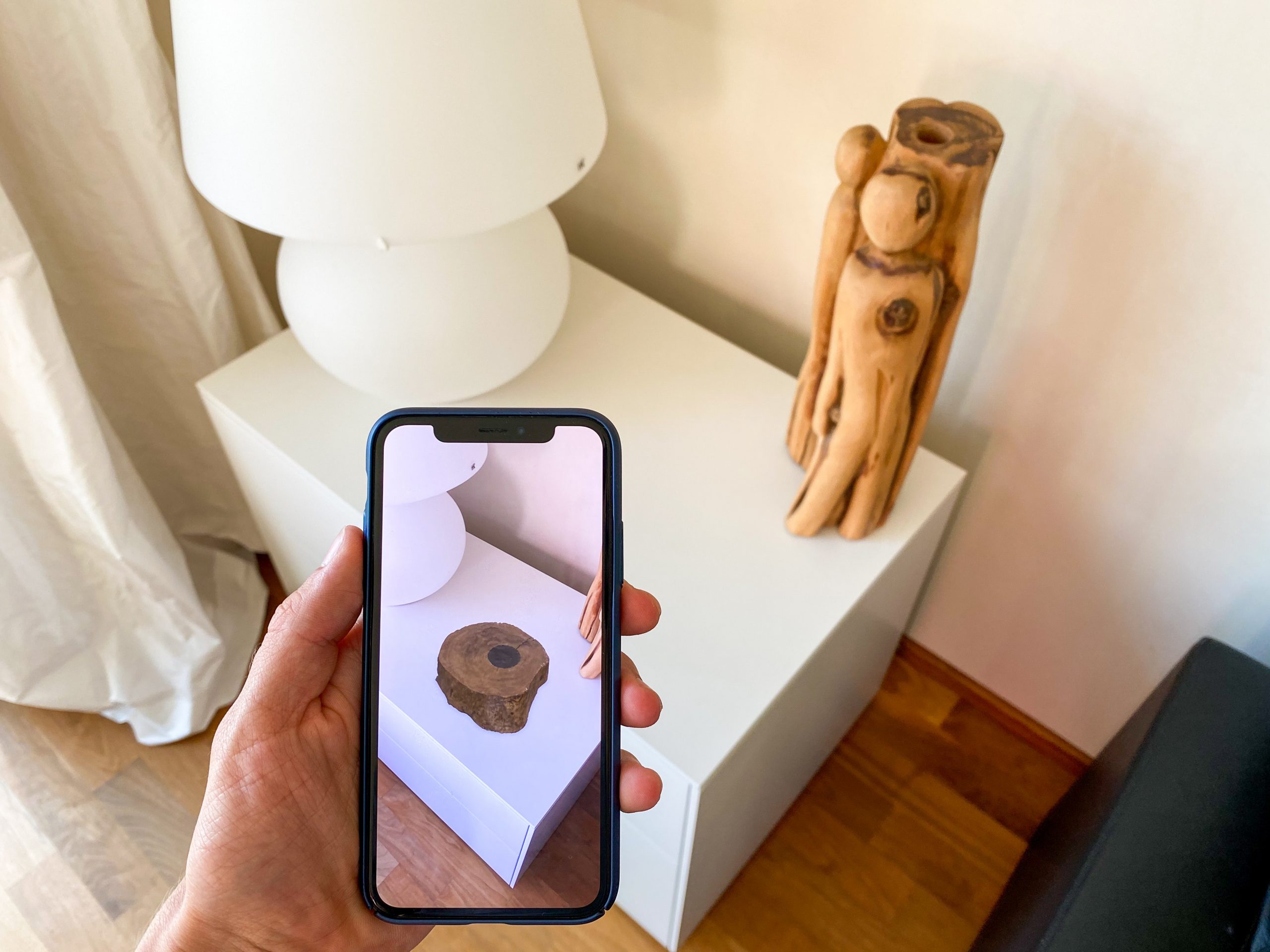Are Augmented Reality Product Previews Right for You?
What is Augmented Reality (AR)?
During the Summer of 2016, Niantic, a US based app developer, captured the attention of the world with the release of Pokemon Go. This mobile game not only took over every newsfeed in the world, it also put Augmented Reality (AR) technology into the pockets of millions.
Jesse Emspak from Live Science defined AR as “the result of using technology to superimpose information – sounds, images and text – on the world we see.”
While AR technology has been around for the past 30 years, only recently have tech companies began to implement it into everyday consumer products. With the popularity of AR on the rise, several retail giants have taken the technology to the next level.
Retail Innovators
The front line of AR innovation includes household names like Amazon, Ikea, Nike, and Warby Parker. These companies are breaking boundaries in how consumers interact with retail products and what influences their purchase.
Amazon and Ikea are using AR to bring showroom furniture right into customer’s living rooms. With just a phone, you can see how a piece of furniture will fit and look in your house. No more trying to remember measurements, no more debating about what will match your color scheme, you can see exactly what you are going to get without having leave the comfort of your own home.
Companies like Warby Parker and Nike also incorporated AR technology to allow customers to see how their collections of glasses and shoes respectively would fit without ever visiting a store.
These product previews have made it easier than ever to experience products before purchase, and with digital purchases more relevant than ever, this could be a major step in a new direction for the world of retail.
Who is AR Right for?
Although shiny, new, and exciting, AR is not going to be right for everyone. The companies mentioned above are massive brands with large budgets that can easily afford this new technology, but that does not mean that this is inaccessible for smaller companies. During 2018, Shopify partnered with a small bicycle retailer called PureCycles to improve the companies mobile experience by taking their large catalog of bicycle product shots to create AR previews.
With more cost-effective options coming out over time, the question has changed from “Is this possible within our budget?” to “Will it improve sales?” Before COVID hit, 55% of consumers still preferred to shop in stores, but due to the current state of affairs, it is easy to assume that a larger amount of people are preferring to shop online. Digital shops from Etsy to Shopify have become the new norm. Not only does this method allow companies to reach a wider base for clients, without having brick and mortar locations, companies can cut down on overhead and still allow their customers to experience their products as if they were in the same room.
So the question comes down to the individual business owner and how they would like to prioritize their online business. 52% of surveyed consumers have purchased at least one item after seeing an AR Product Preview, and that percentage is sure to grow as this option becomes more and more accessible to smaller businesses.
So regardless of if you want to jump on this trend now, there is good reason to believe that it will become a must-have tool within the next 5-10 years. Although we currently see this trend as a perfect fit for the retail, home good, and construction industries, AR can be a nice addition for just about any business. Whether you’re creating a new filter for Snapchat, organizing an event for clients, or planning a fundraiser, AR has a wide variety of uses for almost any occasion.

